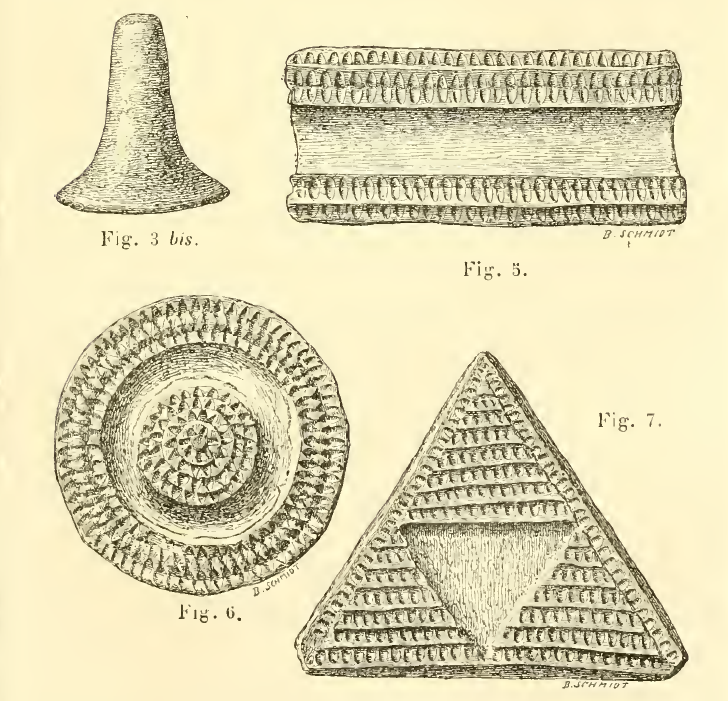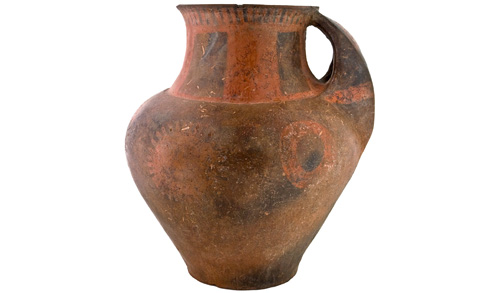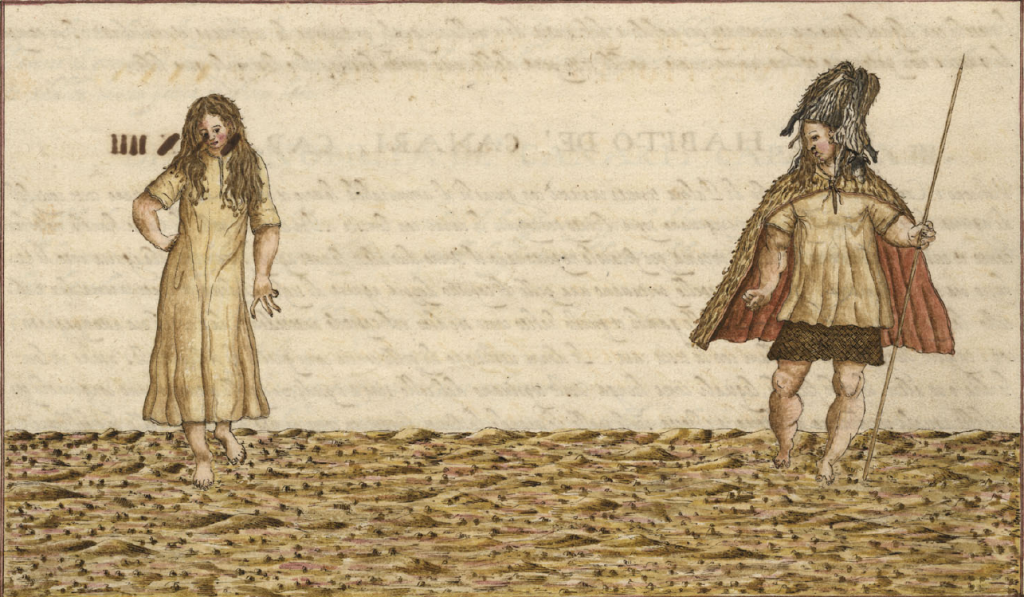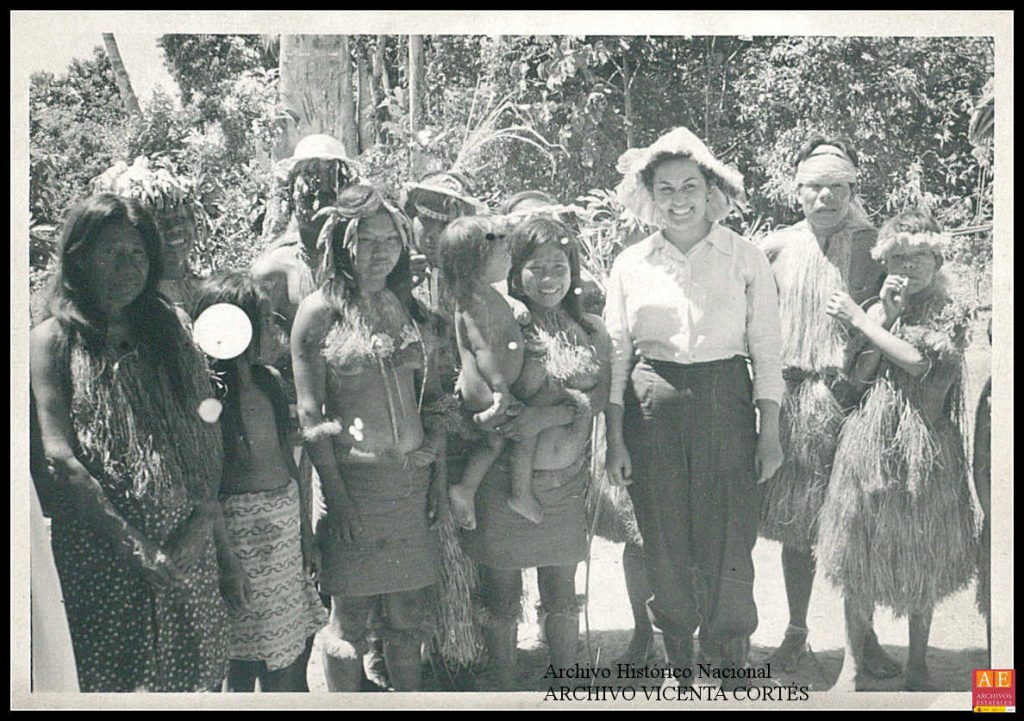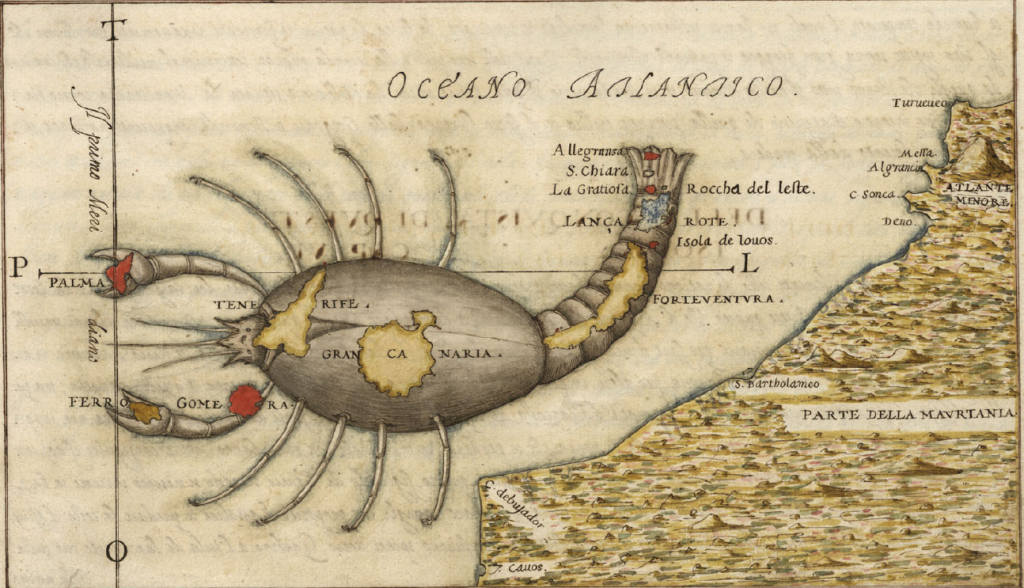
The notorious map of the Canary Islands related to the zodiacal sign of Cancer, by Engineer Leonardo Torriani in the late sixteenth century (source: Biblioteca Geral da Universidade de Coimbra, catalogue number Ms. 314, folio 8r.)
In 1584, King Philip II of Spain commissioned one of his trusted technicians, Engineer Leonardo Torriani (Cremona, Duchy of Milan, c 1560 -. Coimbra, Kingdom of Portugal, 1628), to design and build a keep and a dock on the island of La Palma. This mission, which lasted about two years, was extended by re-hiring the Cremonese in 1587 to carry out a more ambitious project: the inspection of all defensive infrastructure of the Archipelago with the drafting of a comprehensive report on them including expansion and reform proposals.
His stay in the Archipelago lasted about twelve years, until 1596, during which he was provided with the opportunity to acquire a deeper insight on various aspects of its culture and history. Fortunately, in line with the prevailing Baroque style in Italian culture, Torriani judged a simple technical report would be too arid for the monarch’s taste:
Having been ordered by Your Majesty, in past years, to make the description of the Canary Islands, I felt such small lands, detached from Africa and so lonely, by the smallness of the case, could not be more than scarcely welcomed by Thou. And so, finding in the monuments of letters how to embellish them, I determined myself to add the story and events that happened on them, until our times, with the views and drawings of their strongholds.
(más…)
Más / More...

